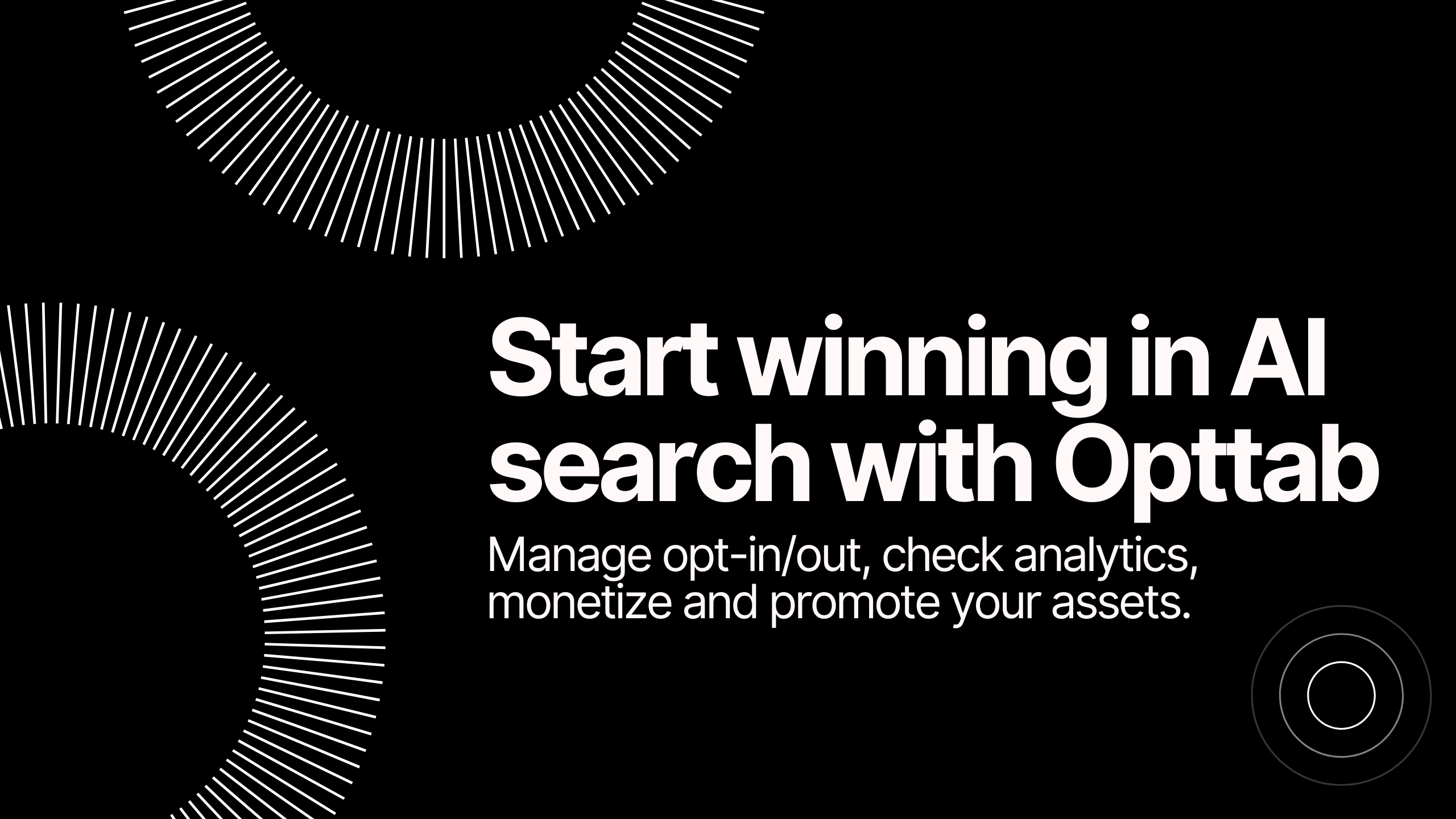“SEO is dead!” insists every self-proclaimed AI search expert that appeared out of thin air.
Well, it’s not. Not really, anyways. Here at Writesonic, we’ve been busy doing two things: one, building an AI visibility product. Two, collecting thousands of data points on what influences said AI visibility.
So far the conclusion is less dramatic than the hot takes suggest. The brands showing up in AI-generated answers are usually the same ones dominating organic search.
They haven’t abandoned SEO. They’ve just learned to make their authority legible to a new kind of reader, aka, AI engines. That’s what Generative Engine Optimization (GEO) is: structuring your content and brand so AI platforms like ChatGPT, Perplexity, and Gemini cite you when answering questions in your space.
And yes, there’s enough overlap with SEO to keep every marketer from spiraling into absolute despair. But GEO still asks you to think differently about a few things, monitor new metrics and adopt net-new strategies.
What is Generative Engine Optimization (GEO)?
Every marketer knows what SEO is: optimizing content to rank higher in search results. GEO is the same action (hence, the O in both acronyms), but for a different platform—AI engines instead of search engines.
Generative Engine Optimization (GEO) is the process of optimizing your content or brand to get referenced, cited, or mentioned inside AI-generated answers by tools like Google’s AI Overviews, ChatGPT, Gemini, or Perplexity.
In short, SEO helps you rank in SERPs. GEO helps you surface in AI answers.
